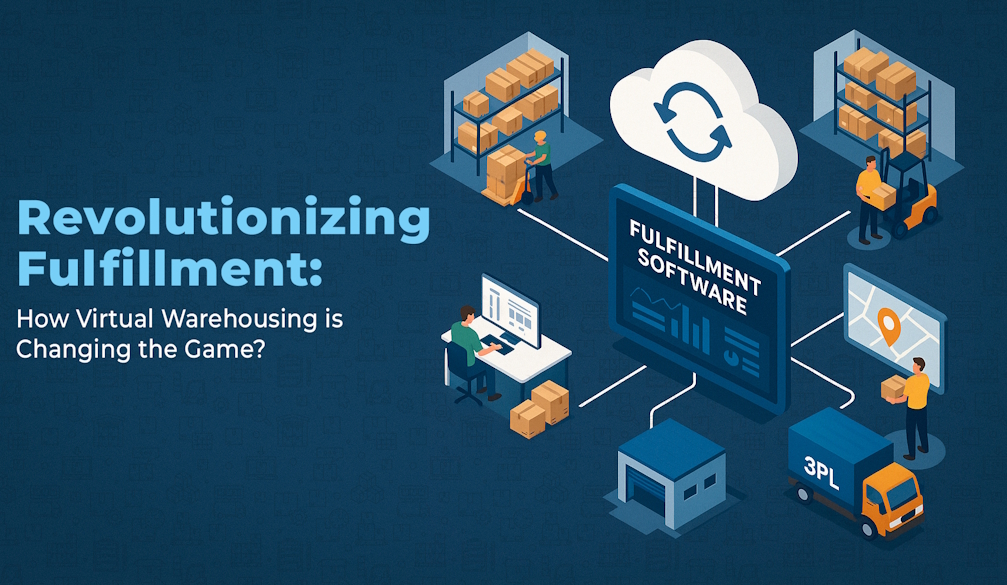History of Office Relocation: How Businesses Have Adapted Over Decades

The history of the office relocation goes back a long way and depicts changes in technology and business operations. Businesses, in the past, used to run out of homes or little offices. As businesses expanded, they began to move to bigger locations as the teams began to grow. With the advent of the industrial revolution, industries and offices became centralised in metropolitan areas. It was at the end of the 20th century when technology changed workplaces in such a way that less dependence was placed on physical location. Businesses first began to relocate to sites that were better in terms of accessibility and connectivity. Office relocation has even changed further with the entry of digital tools and remote work. Today, companies relocate not just to make space but also for teamwork and the happiness of the workers. Modern relocations reflect the strategic shift to adaptability and changing work conditions.
How to Prepare Your Team for a Smooth Office Relocation
Office relocation Auckland requires proper planning and coordination. Establishment of a justifiable timeline is essential to complete all jobs. The work and logistics in charge should have a leader at the helm. Avoid uncertainties by letting your staff know earlier about the transfer. More frequent updates will be easier to pass on to all and will hasten the problems solution. A checklist helps against anything of significance. Assign the employees tasks like arranging, packing and updating in documents. Training must be provided to the staff members on the new system and technology. Plan experienced movers in advance for heavy or fragile equipment transfers. Define a proper communication strategy that would come in handy during unwarranted conditions. Host a party and let the new workplace be met with all new employees. Proper preparation of your team will help ensure that the transfer is stress free and smooth.
How Office Relocations Can Help Build a More Collaborative Work Environment
Work place shifting will offer the chance to design a workplace that allows space for teamwork. The current designs prefer open spaces rather than cubicles that alienate people. Open designs will help communicate and share ideas among people efficiently. Teams can collaborate in lounges and meeting rooms. Technological integration is the central idea of building teamwork in new offices. Interactive whiteboards and video conferencing allow employees to connect from anywhere. Innovative areas and break-out spaces provoke innovation and ideas. Ergonomic designs and sunshine make workers in the office feel happy and perform better. An innovative office inspires teamwork and creativity. Office relocation Auckland helps companies modify their workspace according to changed needs of teams. A collaborative workplace inspires employees. All these benefits facilitate better relationships within the team and help businesses move forward.
Office Relocation for Remote and Hybrid Work Setups
The Office relocation Auckland purpose has evolved with trends towards remote and hybrid work. Hybrid teams require that businesses need less space but that is more flexible workspaces. For most firms, designs of multifunctional spaces for meetings, teamwork, and social contact are prioritized. Virtual meeting rooms in designated spaces are necessary in a distant and hybrid environment. In the balance between collaborative spaces, there should be quiet rooms for work or calls to make on the phone. It suits different working styles and preferences. Moving further allows the application of cutting-edge technology to smoothen the cooperation from afar.
Nowadays, project management software, cloud storage and video conferencing are all part of the toolset. Remote workers prefer workspaces that will efficiently allow hybrid communication. Companies also move to offer employees a good work-life balance. The provision of public transport and wellness facilities enhances the overall satisfaction. The flexible office space enables them to maintain their relationships regardless of where they work. Businesses can meet the needs of the new employee yet still be effective by strategically relocating. Flexible office arrangements assure long-term success in an ever-changing workplace.










